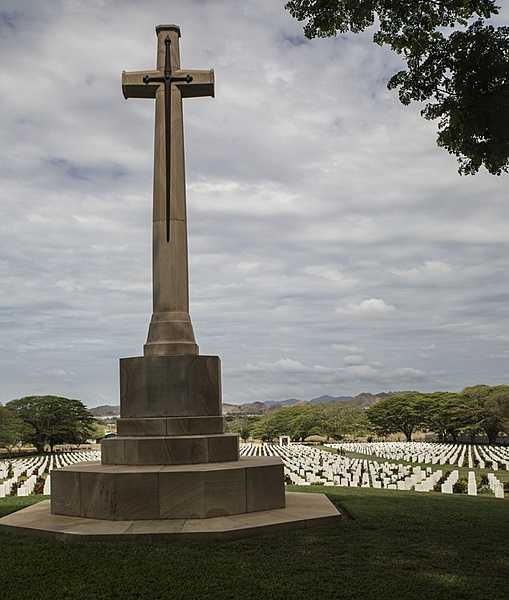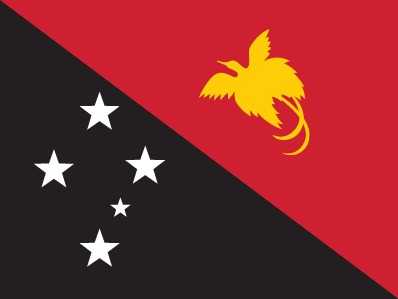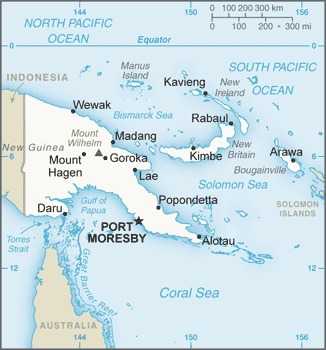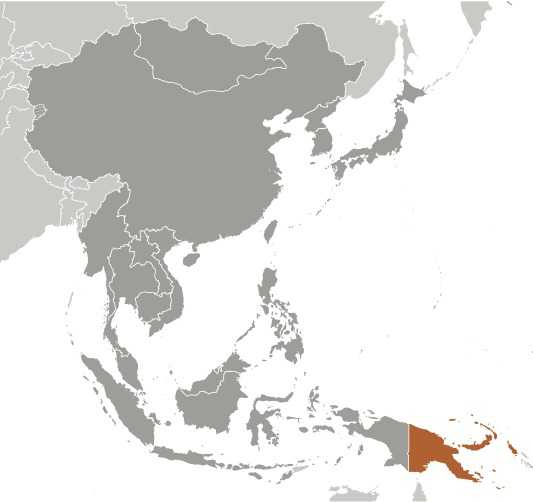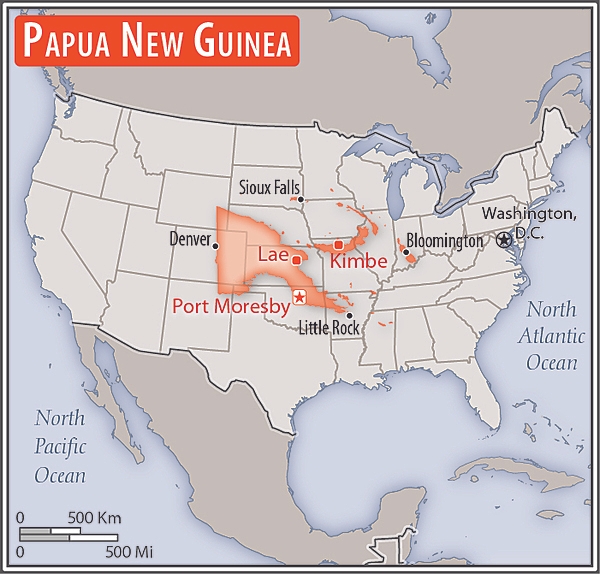Introduction
Visit the Definitions and Notes page to view a description of each topic.
Geography
People and Society
Population
comparison rankings: total 93; male 93; female 95
Median age
comparison ranking: total 190
Population growth rate
comparison ranking: 30
Birth rate
comparison ranking: 31
Death rate
comparison ranking: 186
Net migration rate
comparison ranking: 94
Maternal mortality ratio
comparison ranking: 40
Infant mortality rate
comparison ranking: total 43
Life expectancy at birth
comparison ranking: total population 181
Total fertility rate
comparison ranking: 28
Obesity - adult prevalence rate
comparison ranking: 90
Alcohol consumption per capita
comparison ranking: total 144
Tobacco use
comparison ranking: total 4
Education expenditure
comparison ranking: Education expenditure (% GDP) 197
Environment
Carbon dioxide emissions
comparison ranking: total emissions 133
Government
Economy
Real GDP (purchasing power parity)
comparison ranking: 135
Real GDP growth rate
comparison ranking: 69
Real GDP per capita
comparison ranking: 178
Inflation rate (consumer prices)
comparison ranking: 13
GDP - composition, by sector of origin
comparison rankings: agriculture 44; industry 29; services 190
Industrial production growth rate
comparison ranking: 67
Labor force
comparison ranking: 98
Unemployment rate
comparison ranking: 32
Youth unemployment rate (ages 15-24)
comparison ranking: total 174
Public debt
comparison ranking: 95
Taxes and other revenues
comparison ranking: 84
Current account balance
comparison ranking: 38
Reserves of foreign exchange and gold
comparison ranking: 106
Debt - external
comparison ranking: 59
Energy
Electricity
comparison rankings: installed generating capacity 132; consumption 132; transmission/distribution losses 73
Energy consumption per capita
comparison ranking: 153
Communications
Telephones - fixed lines
comparison ranking: total subscriptions 123
Telephones - mobile cellular
comparison ranking: total subscriptions 126
Broadband - fixed subscriptions
comparison ranking: total 170
Transportation
Merchant marine
comparison ranking: total 65
